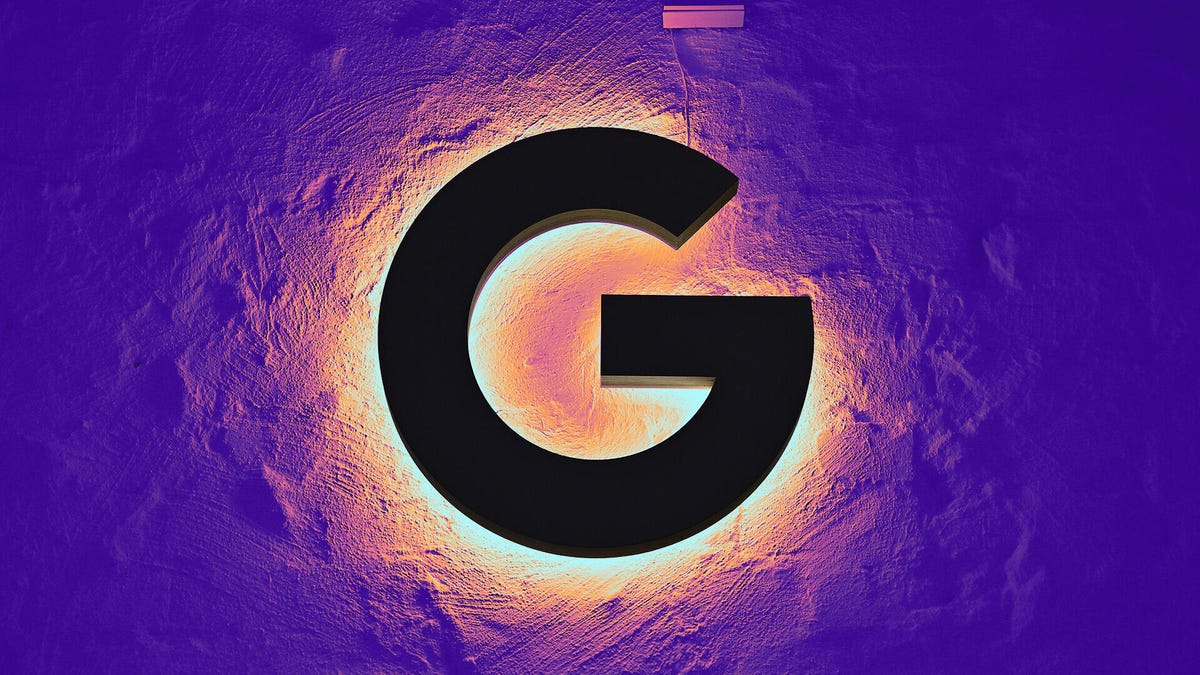Google said it will begin testing a machine learning-powered age estimation model to help determine if a user is under the age of 18.
The company said in a blog post that the model, expected to launch later this year, intends to provide “more age-appropriate experiences” for young users. It will roll out first in the US and expand to more countries.
The announcement comes as tech companies face mounting pressure from lawmakers to make platforms safer for young users. Last year, Meta introduced a similar AI model that helps determine if a user is under the age of 18.
Google told CNET the estimation model will use machine learning to make sense of various data points already associated with a user’s account, such as what they’re searching for, the categories of videos they’ve watched and how long they’ve had an account. These signals can help the model better determine if someone may be lying about their age.
If the model incorrectly flags an account for being under the age of 18, the user can provide age verification in the form of a government-issued ID, credit card or selfie. Google said it is also looking into other ways people will be able to verify their age.
This method has already been used by other companies, such as Meta, and in a variety of markets, including Europe.
YouTube CEO Neal Mohan mentioned the machine learning tool in the company’s published priorities for 2025, noting the company plans to continue to “responsibly harness the power of AI to enhance the YouTube experience for everyone.”
The company is also adding a handful of safeguards to underage accounts, such as filtering or blurring explicit results in search and restricting sensitive ad and other content on YouTube that may not be appropriate.
Meanwhile, a new feature called School Time for Android phones and tablets will allow parents to limit or restrict app access during school hours. Other upcoming changes include making it easier for parents to manage their kids’ online experiences across Android and Chrome devices via Google Family Link, and the ability to “tap to pay” for Android phones with parental consent.
Read the full article here


